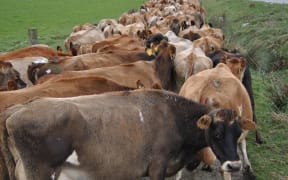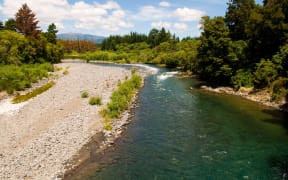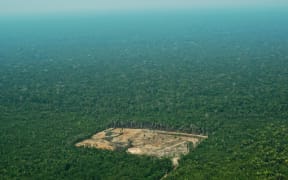The most comprehensive report on the global state of biodiversity to date has found one million species are threatened with extinction.
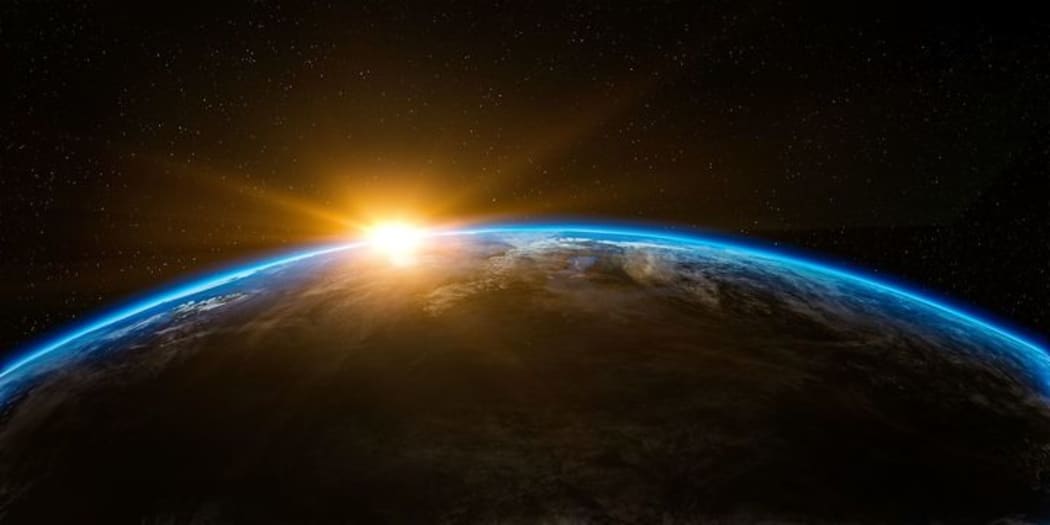
Sunrise over earth Photo: Public Domain
The just-published United Nations assessment - known as the Intergovernmental Science-Policy Platform on Biodiversity and Ecosystem Services (IPBES) - says nature is declining globally at rates unprecedented in human history.
The landmark report issues an ominous warning - the rate of species extinctions is accelerating, and this will have grave impacts on people around the world.
Humans have significantly altered three-quarters of the land-based environment and two-thirds of the marine environment.
More than a third of the world's land surface and nearly three-quarters of freshwater resources are devoted to crop or livestock production.
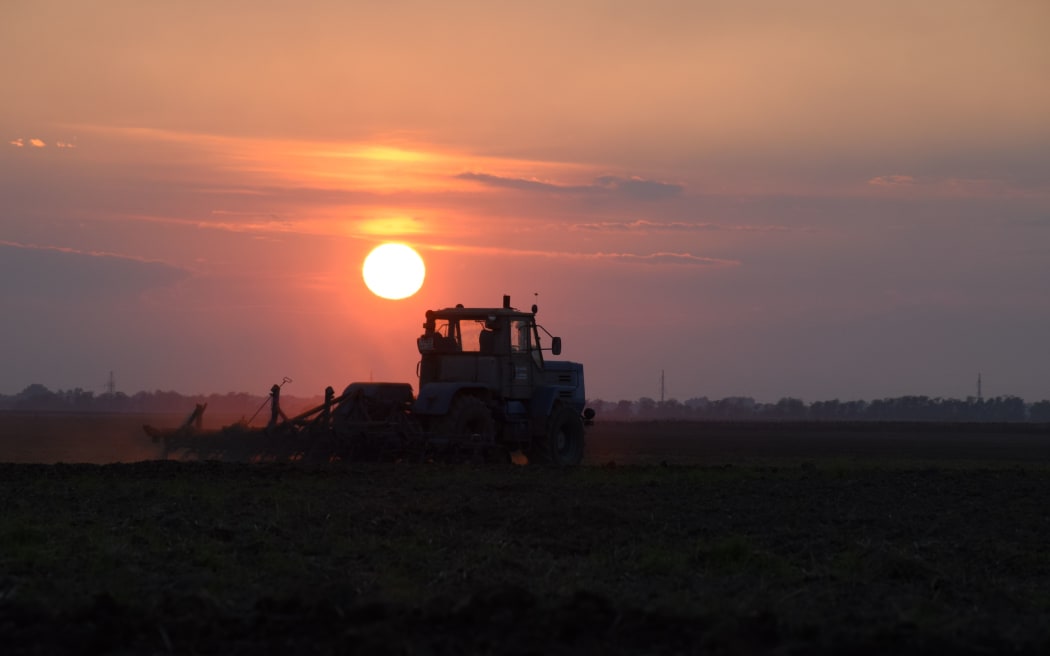
Nearly 66 percent of global freshwater resources are devoted to crops or livestock, the report says. Photo: 123rf.com
Up to $US577 billion ($NZ872b) in annual global crops are at risk from pollinator loss.
Plastic pollution has increased ten-fold since 1980 and up to 400 million tonnes of heavy metals, solvents and toxic sludge are dumped annually into the world's waters.
The report said people were eroding the very foundations of their economies, livelihoods, food security, health and quality of life.
According to the global assessment, an average of about 25 percent of animals and plants are now threatened.
All this suggests around a million species now face extinction within decades, a rate of destruction tens to hundreds of times higher than the average over the past 10 million years.
"We have documented a really unprecedented decline in biodiversity and nature, this is completely different than anything we've seen in human history in terms of the rate of decline and the scale of the threat," said Dr Kate Brauman, from the University of Minnesota and a co-ordinating lead author of the assessment.
"When we laid it all out together I was just shocked to see how extreme the declines are in terms of species and in terms of the contributions that nature is providing to people."
The assessment also finds that soils are being degraded as never before. This has reduced the productivity of 23 percent of the land surface of the Earth.
Our insatiable appetites are producing a mountain of waste.
Every year we dump 300-400 million tonnes of heavy metals, solvents, toxic sludge and other wastes into the waters of the world.
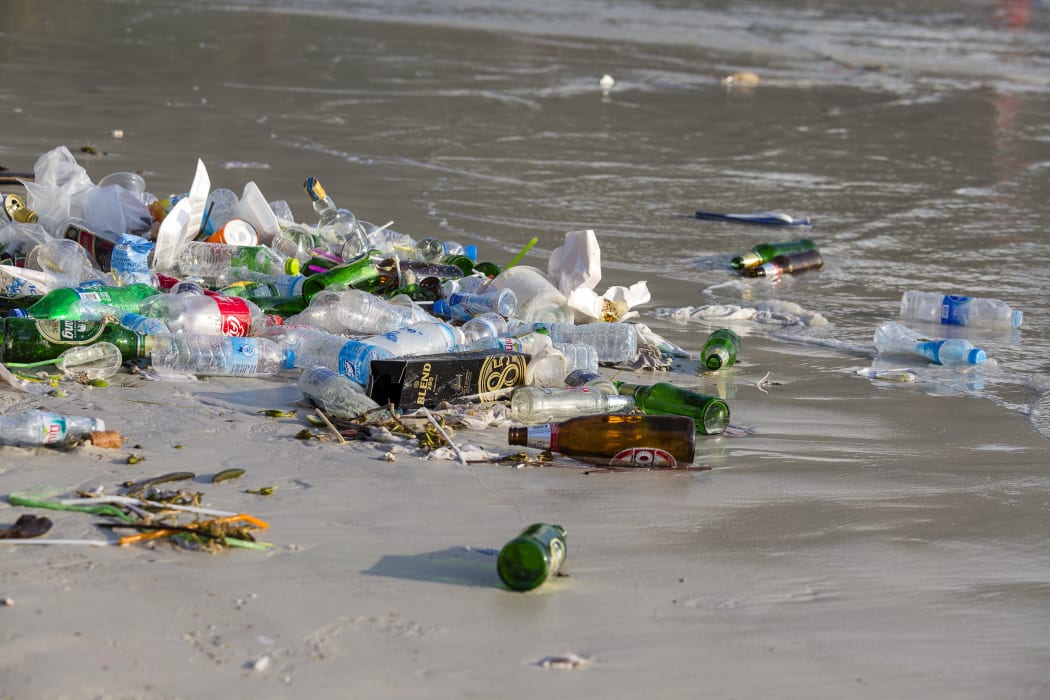
Every year we dump millions of tonnes of waste into oceans and waterways. Photo: Oleg Doroshenko/123RF
The report's authors say there are a number of direct drivers of which land use change is the primary one.
This essentially means the replacement of grassland with intensive crops, or replacing ancient woodland with a plantation forest, or the clearing of forests to grow crops. This is happening in many parts of the world, especially in the tropics.
Since 1980, more than half of the increase in agriculture has been at the expense of intact forests.
It's a similar story at sea.
Only 3 percent of the world's oceans were described as free from human pressure in 2014.
Fish are being exploited as never before, with 33 percent of fish stocks harvested at unsustainable levels in 2015.
Live coral cover on reefs has nearly halved over the past 150 years.
Pushing all this forward, though, are increased demands for food from a growing global population and specifically our growing appetite for meat and fish.
"Land use now appears as the major driver of the biodiversity collapse, with 70 percent of agriculture related to meat production," said Yann Laurans from IDDRI, the French policy research institute.
"It is time to reconsider the share of industrial meat and dairy in our diet."
The other key factors are the hunting and the direct exploitation of animals, climate change, pollution and invasive species.
The report finds that many of these factors work together to make matters worse.
What does the future hold?
But the study's authors looked at a number of scenarios for the future, including business-as-usual, but also examining options that were more based on sustainable practices.
In almost all cases, the negative trends for nature will continue to 2050 and beyond.
The only ones that didn't continue towards ecological disaster involved what the scientists term "transformative change".
The study doesn't tell governments what to do, but gives them some pretty strong hints.
One big idea is to steer the world away from the "limited paradigm of economic growth".
They suggest moving away from GDP as a key measure of economic wealth and instead adopting more holistic approaches that would capture quality of life and long-term effects.
They argue that our traditional notion of a "good quality of life" has involved increasing consumption on every level. This has to change.
Similarly, there must be change when it comes to financial incentives that damage biodiversity.
"Crucially, governments must end the destructive subsidies, including for fossil fuels and industrial fishing and agriculture," said Andrew Norton, director of the International Institute for Environment and Development.
"These drive the plundering of the land and ocean at the expense of a clean, healthy and diverse environment on which billions of women, children and men depend now and in the future."
The amount of land and sea that is under protection needs to increase rapidly, with observers saying that a third of our lands need to be preserved.
"We need to secure half of the planet by 2050 with an interim target of 30 percent by 2030," said Jonathan Baillie, from the National Geographic Society.
"Then we must restore nature and drive innovation. Only then will we leave future generations a healthy and sustainable planet."
- RNZ with BBC


